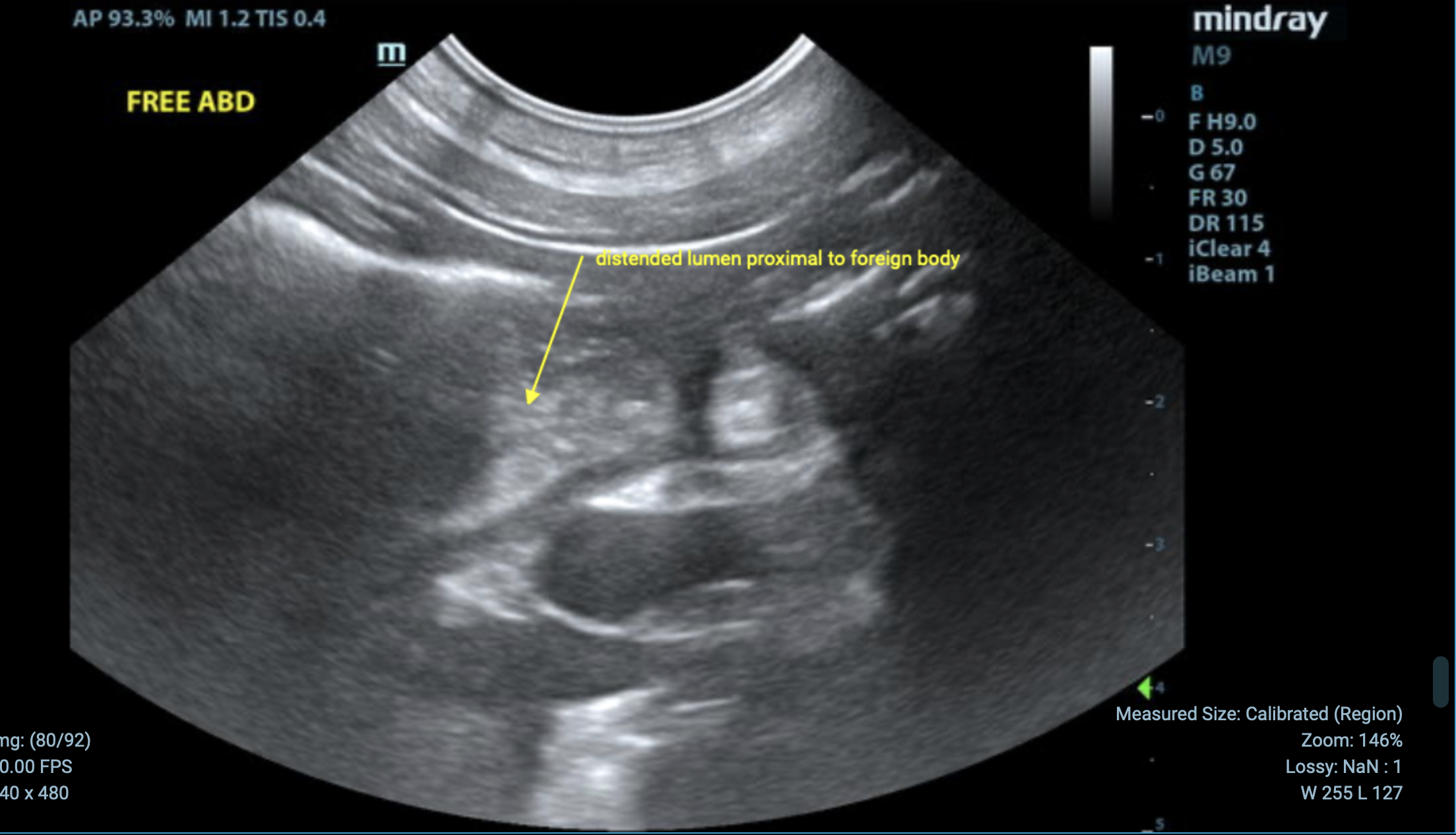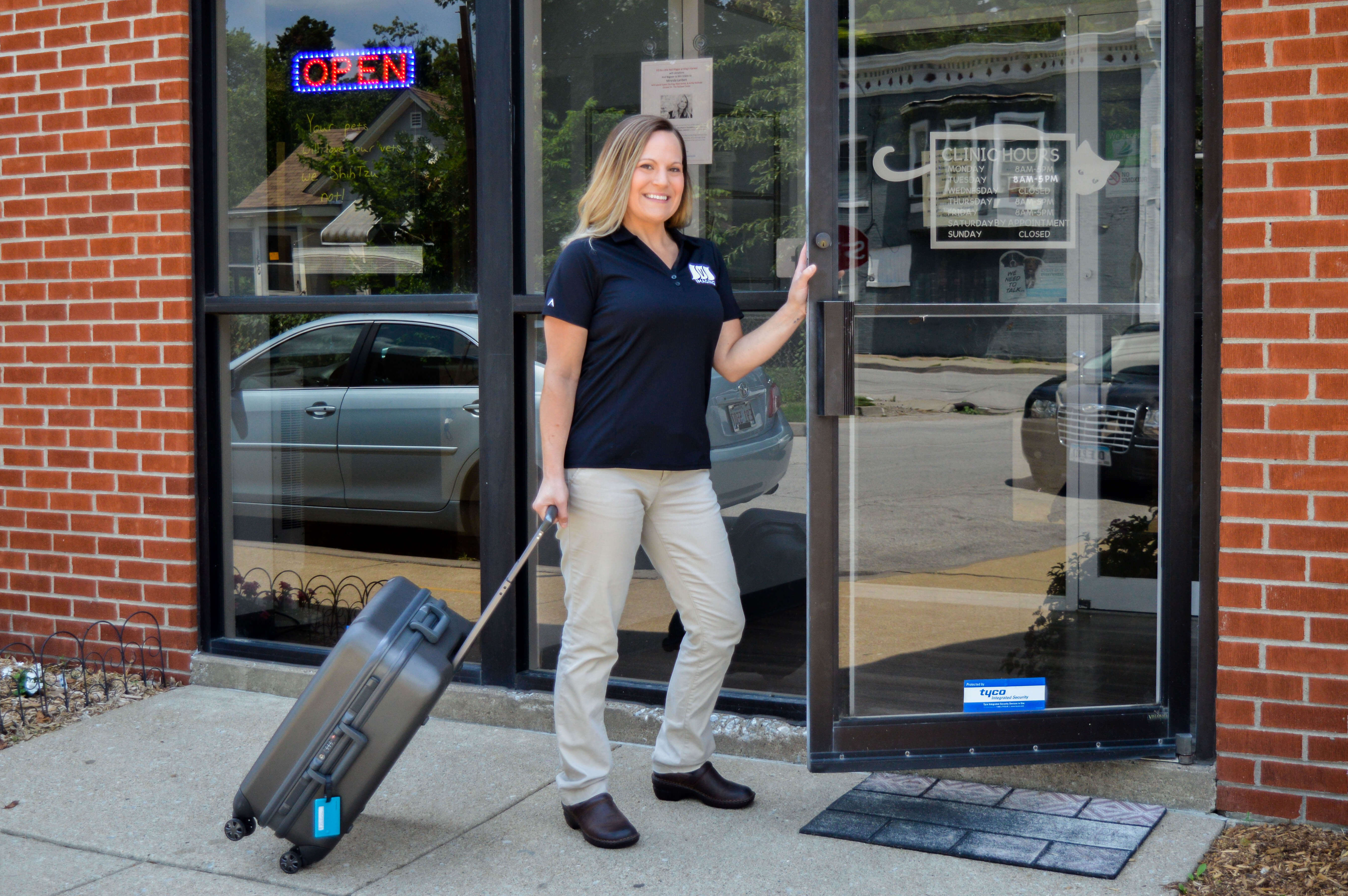Going on an Ultrasound Foreign Body Hunt
The Emergency Foreign Body Hunt
2 min read
.jpg) Fred Gromalak, DVM
:
Jun 26, 2025 6:45:56 PM
Fred Gromalak, DVM
:
Jun 26, 2025 6:45:56 PM
.png)
Ultrasound is one of the most powerful and versatile diagnostic tools in veterinary medicine—but in many hospitals, it’s underutilized or collecting dust. Why? It’s rarely due to technical limitations. More often, barriers like lack of training, workflow integration challenges and low team confidence are the real culprits.
Here's how to turn your ultrasound investment into a daily, revenue generating diagnostic solution without the overwhelm.
.jpg?width=498&height=332&name=veterinarian-doing-ultrasound-in-clinic-2022-01-17-18-05-43-utc%20(1).jpg)
💡 Don’t just buy it—try it.
Before purchasing, request demos and test multiple systems. Make sure the machine complements your clinic’s needs, workflows, and patient types.
✅ Choose a distributor who provides:
📌 Pro Tip: If no one on your team knows how to freeze an image or save a clip, you’re not ready to rely on it for diagnostics.
Once your new machine arrives, consider keeping a utility machine for procedures like cystocentesis to protect the transducers.
You won’t master ultrasound in one 3-day course. Every scan is different, and growth comes from repetition, mentorship, and clear learning structure.
✅ Look for training programs that offer:
Multi-day, hands-on training sessions
Tiered learning (beginner, intermediate, advanced)
🤝 Partner with a local mobile ultrasound provider to help manage advanced or complex cases. This builds your confidence, extends your skillset, and keeps diagnostic revenue in-house.
A major barrier to ultrasound adoption is the fear of “doing it wrong.”
✅ Send your scans (even the early ones) for teleradiology interpretation.
Look for a teleradiology provider that offers:

Rushed or poorly prepared scans waste time and reduce image quality. Set your team, and your patient, up for success.
Prep tips:
Always shave (click here for tips)
Alcohol first, then gel (lots of it!)
Adjust lighting and select machine presets
Sedate when needed (download our guide!)
Ensure proper restraint—movement ruins image quality
What's the clinical question?
What's our scanning protocol?
Are we capturing stills, clips, or both?
Who’s reading the scan?
How fast do we need results?
🎯 Consistency is everything.
Use structured protocols to guide every scan:
Start with a system: e.g., bladder → spleen
Cover core organs: stomach, liver, gallbladder, pancreas
Right-side essentials: kidneys, adrenals, GI tract

Ultrasound isn't a quick add-on, it's a skilled diagnostic service.
✅ Price it accordingly
✅ Educate your staff on its value
✅ Build ultrasound into your templates
Clients are far more likely to invest in ultrasound when it’s presented as an intentional, structured diagnostic approach, not just "an extra thing we can try."
To help support consistent recommendations, we’re including a graphic that outlines common clinical indications for ultrasound.
Yes, you should go back for more. Ultrasound is a clinical muscle, it gets stronger the more you use it.
🎓 Expand your skills with focused, advanced training:
Foreign body detection
Hepatobiliary system
Renal and ureteral imaging
Adrenal gland identification
GI tract navigation
Cross-modality (Ultrasound + CT) case reviews
🧠 Keep pushing your edge—move into the next-level group.
Ultrasound isn't just a tool—it’s a workflow.
With the right training, structure, and mindset, it becomes one of the most valuable diagnostic assets in your hospital. Not an expensive paperweight.
Our team is here to support you. Whether you need mobile imaging services, hands-on training, or educational teleradiology, we can help you build a program that works.
📩 Let's get started. Fill out the form below and a team member will connect directly with you!

The Emergency Foreign Body Hunt

Road warriors of the Veterinary Field In the dynamic realm of veterinary medicine, there's a hidden gem that's gaining significant traction - the...

In veterinary medicine, understanding the complexities of an animal’s urinary system is vital for both diagnosis and treatment. One of the key...